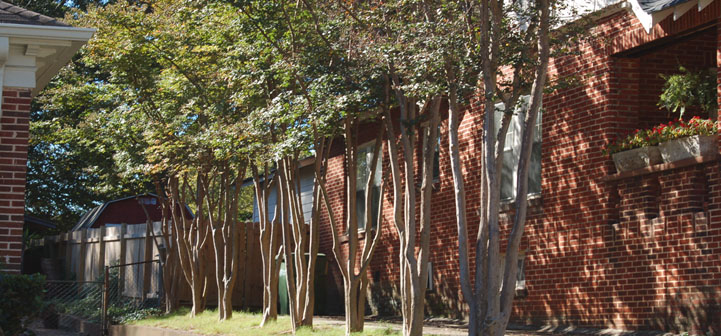Molds are natural and generally pose no adverse health effects outside the home. However, mold indoors can be an indoor air issue. Mold produces spores that become airborne. These spores and mold fragments are introduced into the respiratory system, where they can cause allergic reactions, trigger asthma attacks, and cause other health problems. EPA A Brief Guide to Mold and Moisture Control . See also Healthy Homes Partnership…
Is mold a health issue inside the home?

Mold in the home can be a health hazard if it’s allowed to grow and isn’t handled properly.
The type and severity of health effects depend upon:
- the level and duration of exposure
- sensitivity of the person
- the type of mold and toxin it may produce
- and other factors that can increase the health hazard (such as smoking).
People most likely to experience health problems from mold include:
- children
- elderly
- people with suppressed immune systems
- people with asthma or allergies
Pollutants in Homes
The air in your home may be more polluted than outside air. A variety of pollutants exist in different levels in all homes. Examples include carbon dioxide (CO2) and carbon monoxide (CO) from gas-fueled appliances, radon gas from the soil surrounding and under foundations, formaldehyde from building materials and particulates such as mold and tobacco smoke. Some of the more common pollutants are listed below along with information about their creation and possible human health concerns.
…
